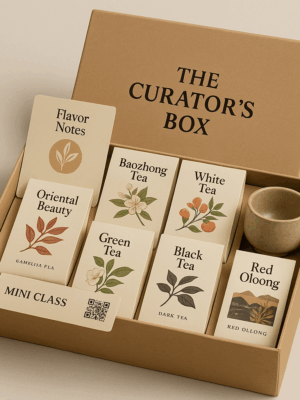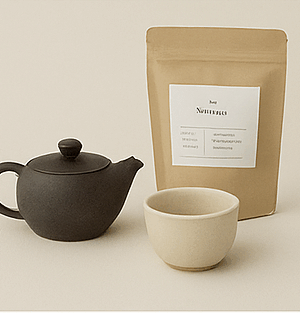Tea is like a person. Just as wounds can make a person weak or strong, the challenges faced by tea plants shape their unique characteristics. These “wounds” are what make Oriental Beauty Tea truly special.
Hailing from the beautiful island of Formosa, Oriental Beauty Tea is one of the most precious and challenging teas to master. This tea was perhaps the first successful example of producing bug-bitten tea, creating a category known as “honey-flavored” teas.
The secret lies in the tiny insect known as Jacobiasca formosana, or the green leafhopper. These insects feed on the tea leaves, activating the plant’s self-defense mechanisms, which produce phytoalexins, especially terpenes like thermotrienols. These compounds act as natural repellents and attract predators to feed on the insects. One notable terpene, hotrienol, is found in grapes, honey, and Darjeeling tea, contributing to the desirable musky aroma.
To attract these insects, tea gardens must be completely pesticide-free and are usually located at lower altitudes with warmer temperatures. Harvested during the hottest months of mid-summer, when the leafhoppers are most active, the yield is lower than other tea varieties, making Oriental Beauty Tea even more precious.
We recommend brewing Oriental Beauty Tea at a lower temperature with a longer steeping time to highlight its musky, fermented, sweet-sour aroma. As the brewing process continues, the tea gracefully transforms, revealing the woody character typical of black tea.
Also known as the Beauty of the East, this tea earned its nickname after Queen Elizabeth II fell in love with its exquisite flavor.
Experience the musky, honey-like aroma and complex flavors of Oriental Beauty Tea. This precious and rare tea will elevate your tea ritual, offering a truly unique and unforgettable taste.




+1 (510) 859-8703
info@taiwante.com
Elgin St. Celina, California 94706
Offers are valid for a limited time only and reflect multi-annual discounts. Other terms and conditions may apply. Click Here